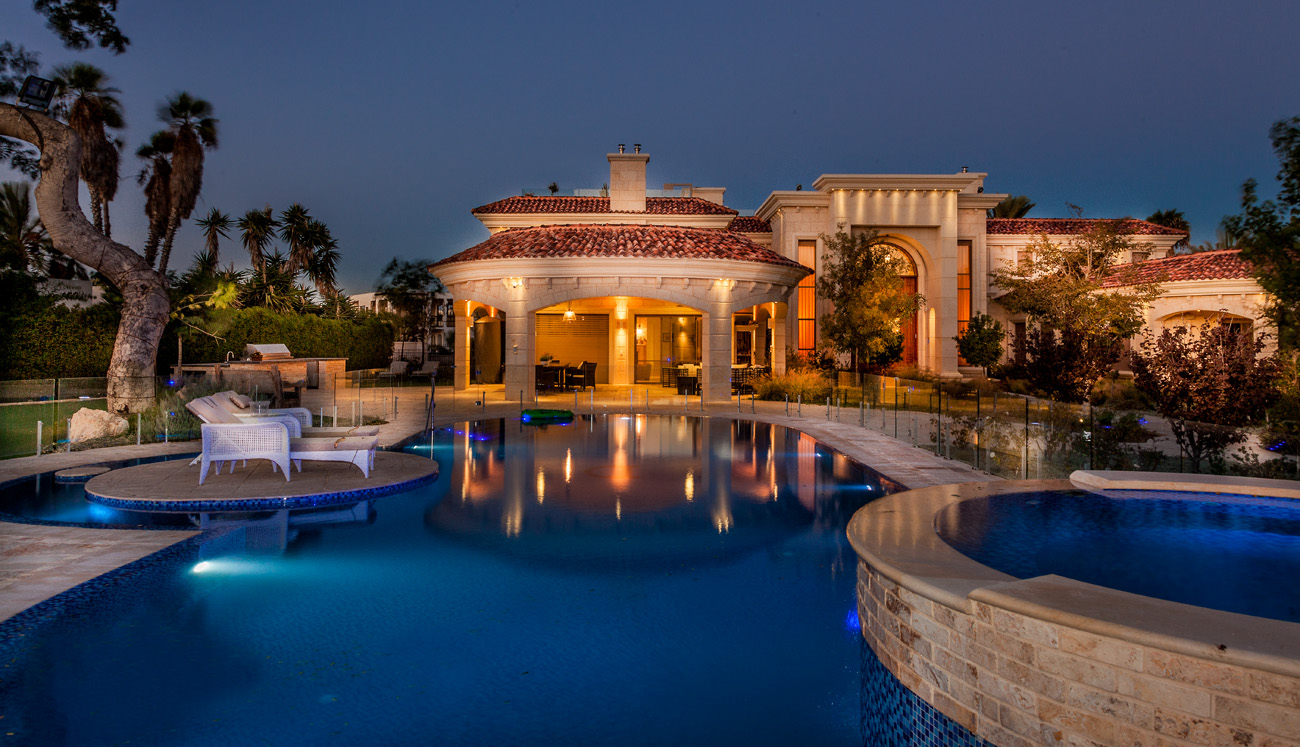A major driver of demand for luxury homes after the global recession was a coterie of wealthy international investors seeking a safe place to earn superior returns in a low-interest-rate environment. As they’ve pulled back due to international events such as plummeting oil prices and slowing economic growth in China, as well as tax and interest-rate increases in some areas, prices have fallen in some key cities. Other important cities are still expected to see significant growth in 2016 – just not at levels as exciting as their post-recession gains.
Here’s a look at seven key cities and what’s happening in their luxury residential real estate markets. We’ll also share some expert advice on how smart it is to invest in a declining market.
Ultra-Luxury Real Estate: What's Hot, What's Not Click To Tweet1. Shanghai
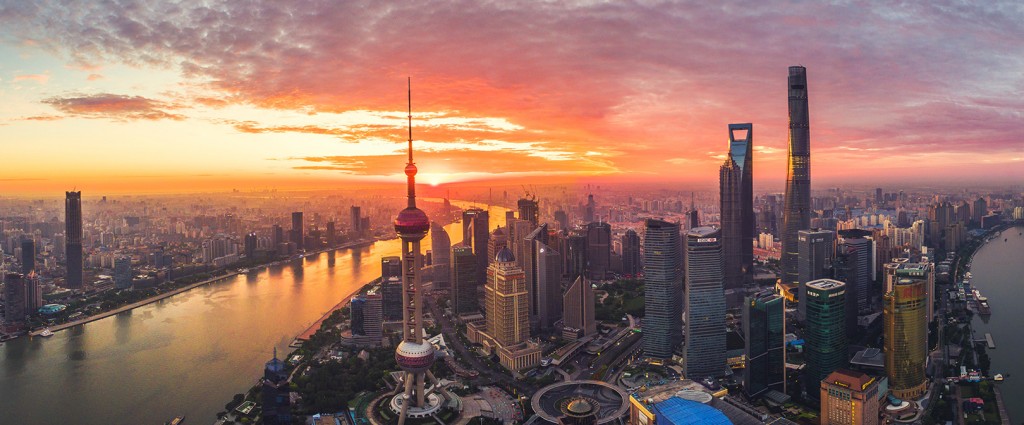
Shanghai’s luxury housing supply grew like bamboo last year, with a remarkable 440% increase over 2014 inventory, according to research by Knight Frank, a company that provides global residential and commercial property advisory services. The city also saw the average sales price increase by 14% over the same period. Downtown luxury apartments experienced above-average growth in the fourth quarter, and Pudong and Huanpu have some of the highest prices in the city.
Lower mortgage rates and new rules that make it easier and less expensive to get a mortgage for a property in another city contributed to the boom. Knight Frank projects a 5% increase in average luxury home prices in Shanghai for 2016.
2. London
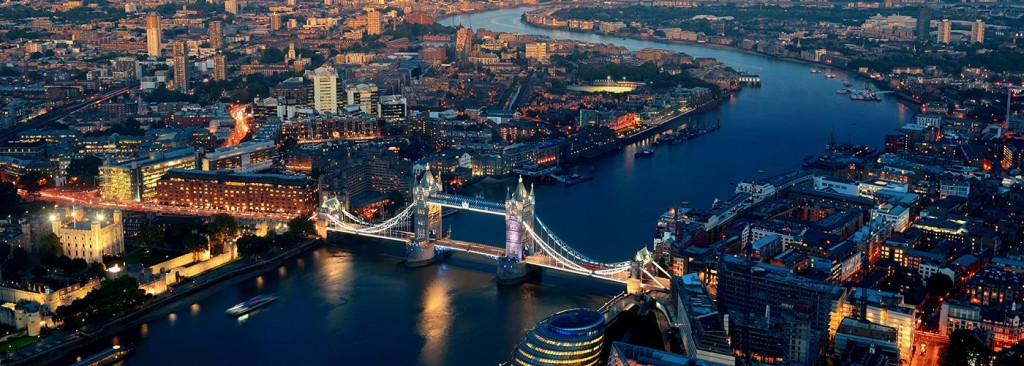
A year and a half ago, London’s luxury real estate market was hot. But it started cooling in 2015, and as of late January, sales had slowed considerably. Homes are taking longer to sell, and listings are experiencing multiple price cuts. Price drops for 2015 were greatest in posh districts like Knightsbridge (–6.1%) and less significant in neighborhoods like Hyde Park (–1.8%); prices actually increased in Islington (6.4%).
Possible causes of the overall slowdown include tighter lending standards designed to prevent a housing bubble, higher property taxes and political and economic uncertainty. Overall, values of prime real estate (the priciest 5% of homes) in the center city rose only 1% last year.
Despite what sounds like a lot of bad news, England’s central bank, unlike the Fed, has not increased its target interest rate yet. That means mortgage rates remain low, and that’s one reason why Knight Frank anticipates a 2% increase in London’s prime central real estate prices for 2016.
3. New York City
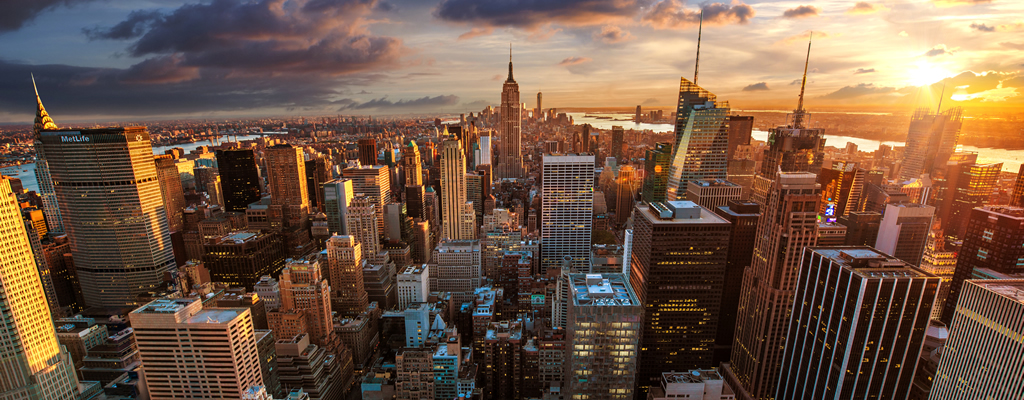
Prime residential real estate prices grew 5% last year and are expected to do the same this year in the city that never sleeps, Knight Frank reports. The biggest risk to prices there is a higher-than-anticipated increase in the Fed funds rate, Knight Frank says, because higher rates would make housing less affordable for borrowers and for foreign investors whose financial position weakens as the dollar strengthens. Other concerns about New York’s market include slower economic growth worldwide and slow wage growth. Also, the supply of new luxury homes in New York City is growing; if the supply gets too large, prices could suffer.
“In Manhattan we see a very strong market,” says Daniel Blatman, a luxury real estate broker with Douglas Elliman Real Estate in New York City. “The products that are very good are still moving, whereas the over-the-top luxury goods may be slowing a little bit.” Luxury homes that meet people’s needs and are priced well are the most active, according to Blatman. “The product that manages to include a built-in espresso maker to charge more tends to sit a little longer,” he says.
4. Singapore

In Singapore, the second priciest luxury housing market in Asia (only Hong Kong is more expensive), prices and sales volume fell slightly in 2014 and 2015 after a nearly 80% price increase from 2008 through 2013. The government increased taxes on foreigners who buy property there because Chinese, Malaysian and Indonesian investors were contributing to an overheating market, and the increase has caused these investors to consider other major global cities. Many new homes in Singapore now sit vacant.
Some investors and analysts have positive feelings about Singapore’s luxury housing market because of the country’s overall attractiveness to the ultra-wealthy; others see the potential for further declines as interest rates rise and investors worry about the market and the broader economy. Knight Frank expects prices to go down by 3.3% this year. Prices may be bottoming out.
5. Sydney

Australia’s largest city is the brightest spot in Knight Frank’s 2016 luxury housing market predictions, with projected price increases of 10%. That follows a spectacular 2015, when prices rose by an estimated 15%. Sydney is experiencing high demand from the Chinese, who are seeking stability in investments abroad, and from local investors.
The biggest threats to Sydney’s luxury housing market are weak oil prices, as demand for the commodity declines and supply rises, and a larger-than-anticipated slowdown in China’s economic growth, which also impacts oil and commodity prices and ultimately affects the demand for exports, the report says. Also, one lender has publicly called Sydney’s high-end housing market “significantly overvalued.”
6. Hong Kong

Hong Kong’s housing market faces a number of moderately serious risks, including a faster than expected rise in U.S. interest rates (a problem because Hong Kong’s currency is pegged to the U.S. dollar), global political crises that would disrupt trade and increased government regulation of the housing market, according to Knight Frank.
The firm predicts a 5% decrease in prime residential city price growth for 2016 after a 1.5% increase in 2015, making Hong Kong the weakest city on the list. Contributing to the problem is an increase in the city’s housing supply. One thing Hong Kong probably doesn’t have to worry about is low wage growth creating affordability problems and depressing demand.
7. Los Angeles

While not included in Knight Frank’s report, Los Angeles remains a key city for luxury real estate. Global investors are drawn to its solid track record and astounding growth potential, says Jay Belson, president and CEO of Jay Belson Luxury Development in Beverly Hills. But compared to other key cities, prices look like a bargain because L.A. has something those cities don’t: land.
“When you look at the most expensive cities in the world, with an average price per square foot in London at $5,300, Tokyo at $7,600, and Hong Kong selling at $11,000, Beverly Hills is a terrific bargain at $3,000 with half an acre of land,” Belson says. The city attracts international buyers who visit their L.A. homes just a few times a year, he says, while it also sees consistent demand from current L.A. residents.
Still, upscale areas such as Malibu Beach have too much inventory, and homes there are selling below list price, according to Sotheby’s International Realty’s greater Los Angeles market update for the fourth quarter of 2015. One of LA’s strongest submarkets is Pacific Palisades, where inventory is low and homes are selling almost at list. And the average price of the 29 homes sold in posh Bel Air in 2015 was almost 19% higher than that of the 39 homes sold over the same period in 2014.
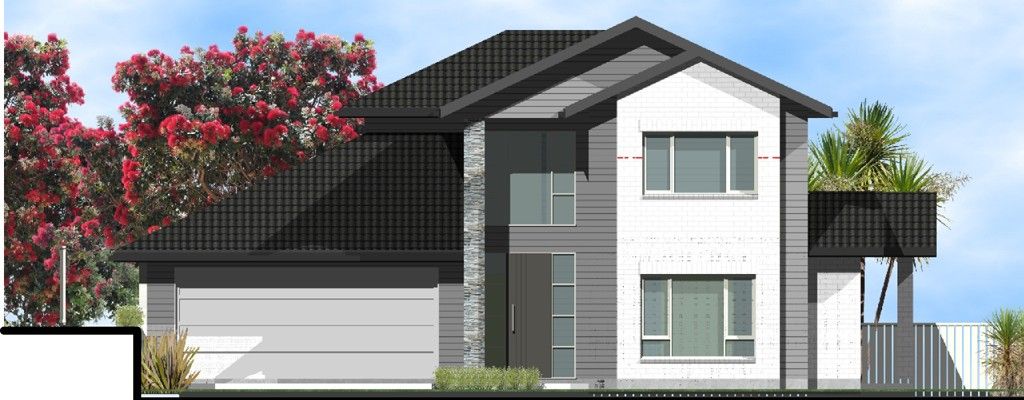
Investing in a Slower Luxury Housing Market
Should you invest in luxury residential real estate given current market conditions? Consider what three luxury real estate agents told us.
“It depends upon the buyer’s motivation and plans for the home,” says Danny Batsalkin, co-founder and CEO of TBG Homes Worldwide in Beverly Hills, Calif. “If this is a principal residence and the buyer plans on living in the home, then, yes, it always makes sense to invest in luxury real estate. If the intention is to buy and sell quickly, then it may not make as much sense in a down market because there is a risk of losing money on the project.”
However, if you are thinking of buying now and selling five or 10 years down the road, Batsalkin is bullish: “I’m always confident that real estate will be higher. If you look back to the last down market that started in 2007, the people who bought while the market was ‘down’ between 2010 and 2012 have benefited greatly – in some cases, those homes have doubled in value since that time!”
Michael Kelczewski, a realtor with Brandywine Fine Properties Sotheby’s International Realty in Centreville, Del., says that “outside of a few major metropolitan areas and recreational destinations, the luxury market can be challenging.” When investing in a challenging asset class, he says, it’s important to focus on metrics like these:
- How many luxury properties were traded within the subject market?
- What was the average time on the market?
- How large was the difference between list price and sale price?
If you’re buying as an investment, Kelczewski adds, you want to look at value and appreciation. Further, in any market, even an overheated one, you can develop a successful investment strategy and turn a profit, he says.
Julio Ybanez, a real estate agent with The Keyes Co./Luxury Portfolio International, specializes in luxury and ultra-luxury real estate between Fort Lauderdale and Boca Raton. Even in a slow market, he says, there are several ways to look at buying a luxury home:
- Evaluate how much the purchase will enhance your personal or business life.
- Ask for advice from reputable, local, high-end real estate brokers.
- Get a full history of similar sales for the last three to five years to get a broad view of prices in various market conditions so you can make the right offer
The cities that usually command the highest price per square foot for luxury properties, Ybanez says, are “mega economic hubs” like London, New York, Hong Kong, Singapore and Zurich, where buyers use these homes as primary residences. That’s true even though ultra high net worth individuals often spend more on their second and third homes in places like the French Riviera and the Cayman Islands, he adds.
Cities like Hong Kong or Singapore may experience a down market because of higher taxes on prime properties, difficulties approving new residents or the slowdown in China’s economy, he says, but the fundamentals are there, and those two cities are Asian hubs that are here to stay.
If you’re concerned about selling, be aware that marketing a $10+ million home takes longer, and the higher the price goes, the longer it takes, Ybanez says. If you’re not looking to flip the property, that’s probably fine, and it’s difficult to tell what market conditions may look like in three to seven years or more, when you’re ready to sell. Sometimes ultra-luxury homes take years to sell, Ybanez notes.
The Bottom Line
While analysts don’t expect 2016 to offer spectacular returns to real estate investors for luxury homes in major global cities, Sydney could see average returns of 10%, and the worst projection of the bunch, Hong Kong’s, only calls for a 5% decrease, which is hardly a reason to panic. Luxe enclaves, such as Beverly Hills, Calif., and Aspen, Colo. are also running counter to the trend. As always, interest rates, property taxes, economic growth, politics and commodities prices, to name some key factors, will influence prices.
Look not just at current sales volume and prices, but at what other ultra-high-net-worth individuals are doing and at indicators of long-term value – for example, London’s and New York’s importance as major financial centers – when considering whether a particular city might be a good bet for solid returns on luxury real estate.
–INVESTOPEDIA
Like this article or found it helpful? Share it!
Follow us on Twitter for more news, tips and inspiration. Become our mate on Facebook and explore our Pinterest boards.

